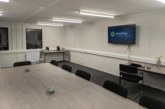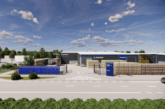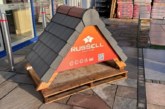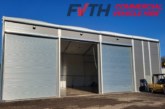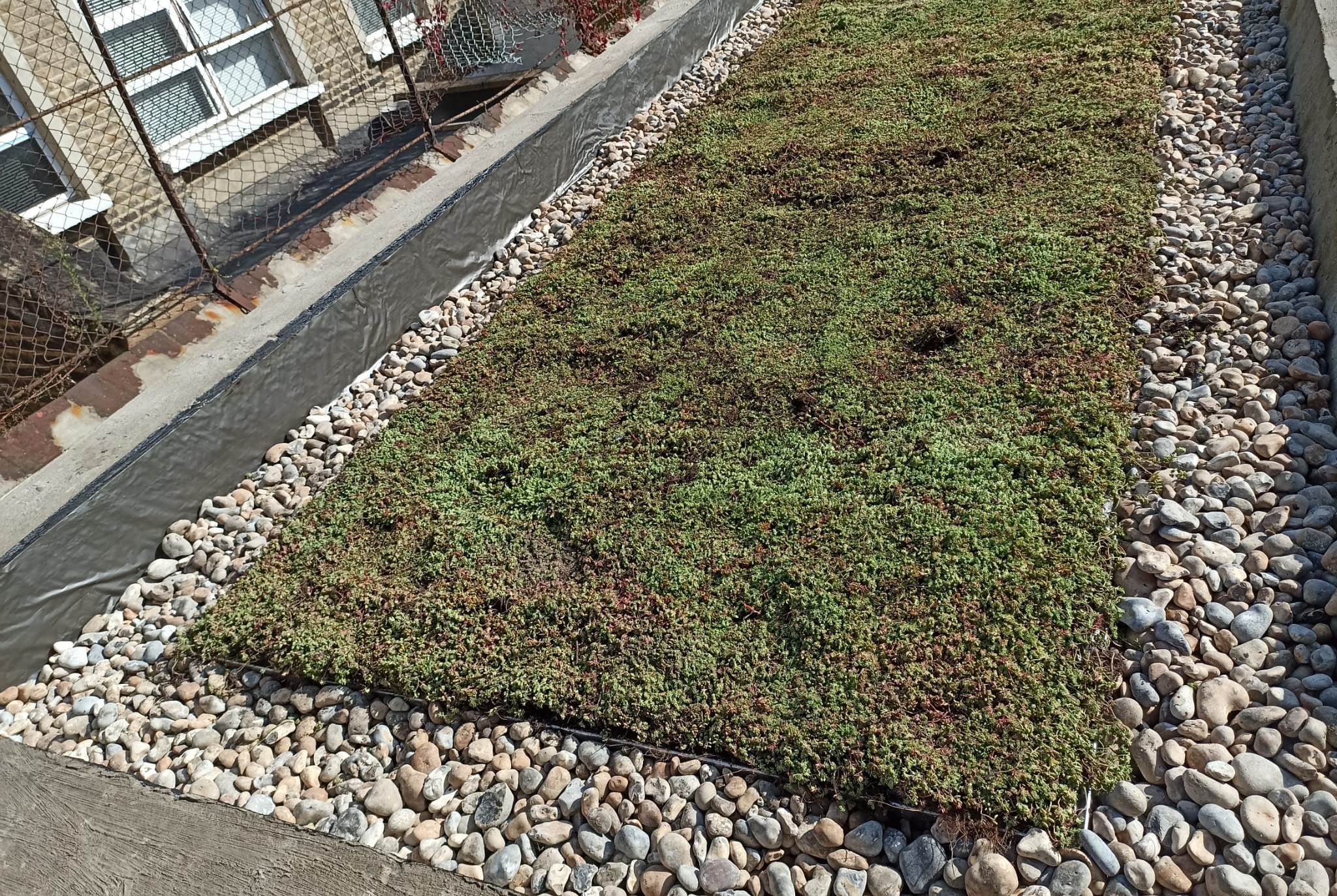
The implementation of the Flood and Water Management Act Schedule 3 is due to come into effect this year, meaning sustainable drainage systems (SuDS) will become mandatory in England for many new and retrofit development schemes. Neill Robinson-Welsh, Consultant at ACO Building Drainage, dives into what changes merchants need to be aware of — especially when it comes to blue and blue/green roofs.
With Schedule 3 due to be enforced later this year, it is important that those connected to property development understand the new requirements and how business will likely be impacted. For merchants, understanding Schedule 3 along with the constraints and opportunities it presents will help them better support their customers as they plan and carry out drainage and roofing projects.
What is Schedule 3?
Schedule 3 is the name given to a set of requirements concerning sustainable drainage from the Flood and Water Management Act 2010. It will make it mandatory to incorporate SuDS into new construction projects and is expected to impact both new developments and renovation work on multiple dwelling units or properties over 100 square metres.
Because of Schedule 3, there will no longer be an automatic right to connect new and refurbished properties to public sewers; permission must be given and, in order to secure that permission, appropriate SuDS must be put in place and signed off by the SuDS Approval Body (SAB). It is this body that ensures a drainage proposal meets the standards created by the Department for Environment, Food and Rural Affairs (Defra).
It is anticipated that there will likely be an increased need for innovative drainage systems such as blue and blue/green roofs. They provide solutions for many dense urban drainage projects so roofing contractors may be familiar with them already, especially if they work predominantly in cities and towns where space for drainage solutions is often very limited.
“When discussing roofing projects at the trade counter, it can be useful for merchants to understand the options available in order to make appropriate recommendations to their customers as Schedule 3 changes come into effect.”
What are blue and blue/green roofs?
A traditional roof is designed to encourage the flow of rainwater, removing it from the roofing material and down into the sewer as quickly as possible. Blue and blue/green roofs take a different approach. They are designed with water storage, flow restrictors, and other features that slow the exit of water from a roof in mind.
This helps alleviate pressure on communal drainage systems, lowering the risk of flooding, especially in storms and heavy rainfall events.
Green roofs also slow the flow of rainfall but include living plants which contribute to biodiversity by supporting insect and bird life. They also act as a natural carbon sink, improving the air quality of their immediate surroundings and offsetting carbon emissions.
Blue/green roofs are also popular — combining elements of both blue and blue/green roofs to maximise the benefits of stormwater management and environmental sustainability. Designed to manage stormwater runoff, blue/green roofs contain many of the features in blue roofs such as attenuation systems and controlled outlets. Many blue/green roofs reuse some of the collected water to sustain the plants that fulfil the green aspects of the hybrid design.
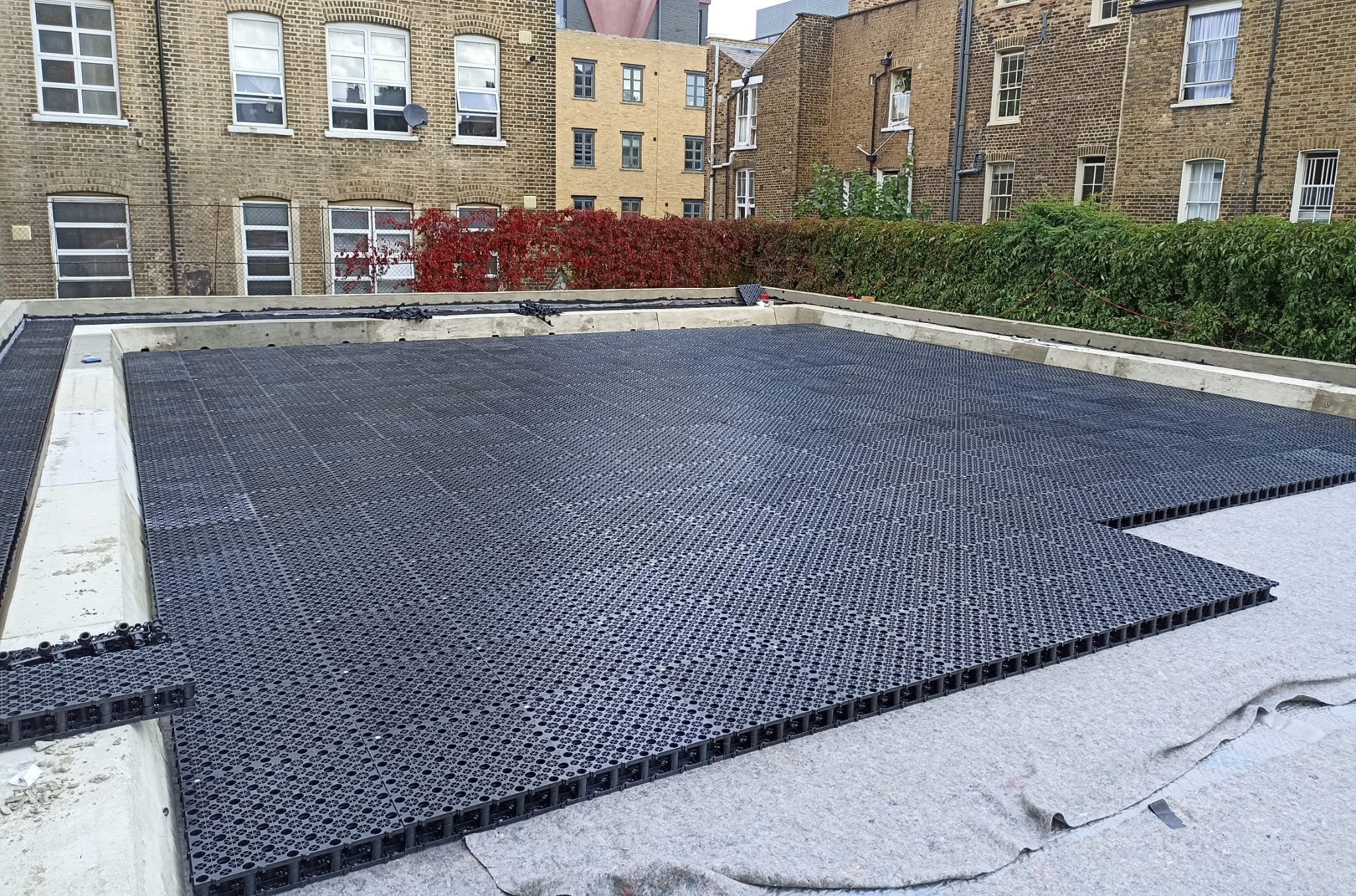
When discussing roofing projects at the trade counter, it can be useful for merchants to understand the options available in order to make appropriate recommendations to their customers as Schedule 3 changes come into effect.
What will the impact of Schedule 3 be?
One thing that is already clear about Schedule 3 is the impact it is having on developments in highly urbanised areas. The developer of a project will be specifically asked to demonstrate how the scheme will be implementing SuDS.
And one of the major challenges for roofing contractors will be projects where there isn’t room for a surface-level SuDS solution. This is where blue and blue/green roofs will be most in demand and merchants have an opportunity to provide their customers with well-informed guidance on the options available.
What Buildings Regulations come into play?
Contractors and designers must keep several elements in mind when working on a project and merchants will be able to offer better support for their customers if they also have an idea of what’s involved. For example, projects should be designed to account for those extreme once-in-a-century rainfall events, rather than average weather conditions.
As for Blue Roofs, they need to be installed in compliance with BS EN 12056-3:2000, the British Standard for gravity drainage on flat roofs, as well as BS 6229:2018, for flat roofs with continuously supported flexible waterproof coverings.
It’s important to note that, technically, blue and blue/green roofs are not roofs, but attenuation systems that sit on top of a roof. This distinction makes it possible for roofers to follow BS EN 12056-3:2000 and other planning rules, even while dealing with two seemingly incompatible requirements.
What’s next?
Regulation changes can be difficult to adjust to, so merchants have an opportunity to be a valuable support to their customers who may need guidance. As demand grows for solutions that are compliant with Schedule 3, ensuring familiarity with blue and blue/green roof solutions, such as those offered by ACO, will mean merchants are well placed to have informed discussions with their customers about the options worth exploring.
For more information on ACO’s range of products and support services for merchants, use the shortcode www.rdr.link/mbc012



